
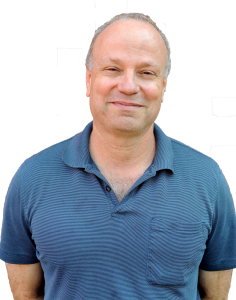
Soner Onder, professor of computer science, was recently awarded $246,329 for the first year of a four-year NSF grant for his project, “SHF: Medium: Collaborative Research: Statically Controlled Asynchronous Lane Execution (SCALE).” The project is in collaboration with Prof. David Whalley of Florida State University. Michigan Tech is the lead institution in the project, it is expected to total $1.2 million, with Michigan Tech receiving $600,000.
Abstract: Enabling better performing systems benefits applications that span those running on mobile devices to large data applications running on data centers. The efficiency of most applications is still primarily affected by single thread performance. Instruction-level parallelism (ILP) speeds up programs by executing instructions of the program in parallel, with ‘superscalar’ processors achieving maximum performance. At the same time, energy efficiency is a key criteria to keep in mind as such speedup happens, with these two being conflicting criteria in system design. This project develops a Statically Controlled Asynchronous Lane Execution (SCALE) approach that has the potential to meet or exceed the performance of a traditional superscalar processor while approaching the energy efficiency of a very long instruction word (VLIW) processor. As implied by its name, the SCALE approach has the ability to scale to different types and levels of parallelism. The toolset and designs developed in this project will be available as open-source and will also have an impact on both education and research. The SCALE architectural and compiler techniques will be included in undergraduate and graduate curricula.
The SCALE approach supports separate asynchronous execution lanes where dependencies between instructions in different lanes are statically identified by the compiler to provide inter-lane synchronization. Providing distinct lanes of instructions allows the compiler to generate code for different modes of execution to adapt to the type of parallelism that is available at each point within an application. These execution modes include explicit packaging of parallel instructions, parallel and pipelined execution of loop iterations, single program multiple data (SPMD) execution, and independent multi-threading.
This award reflects NSF’s statutory mission and has been deemed worthy of support through evaluation using the Foundation’s intellectual merit and broader impacts review criteria.
https://www.nsf.gov/awardsearch/showAward?AWD_ID=1901005&HistoricalAwards=false


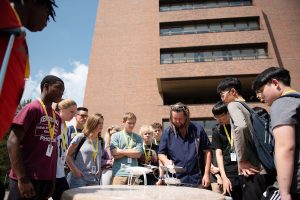
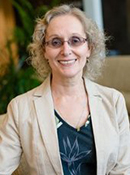
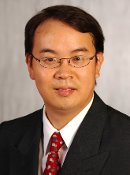
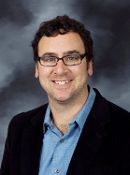

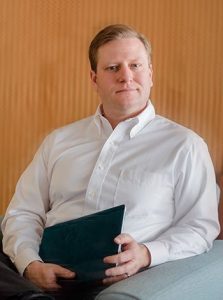 Only 58 scientists and engineers were invited to join the Air Force’s Young Investigator Research Program (YIP) this year.
Only 58 scientists and engineers were invited to join the Air Force’s Young Investigator Research Program (YIP) this year.